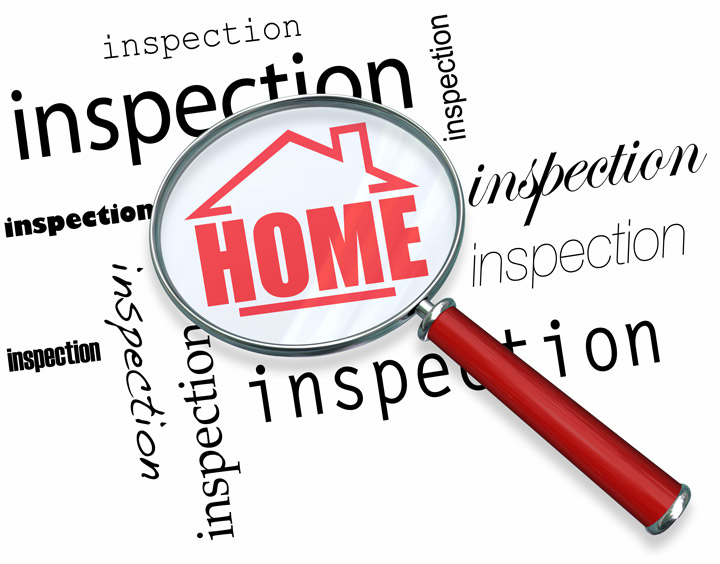
What Goes Into an Appraisal?Getting a home can be the most serious transaction most could ever encounter. It doesn't matter if a main residence, an additional vacation home or one of many rentals, the purchase of real property is an involved financial transaction that requires multiple parties to see it through. Most of the participants are quite familiar. The real estate agent is the most recognizable face in the exchange. Then, the bank provides the financial capital necessary to finance the deal. The title company ensures that all aspects of the transaction are completed and that a clear title transfers to the buyer from the seller. So, who's responsible for making sure the property is worth the purchase price? This is where the appraiser comes in. We provide an unbiased estimate of what a buyer could expect to pay — or a seller receive — for a parcel of real estate, where both buyer and seller are informed parties. A licensed, certified, professional appraiser from Kace Redder will ensure, you as an interested party, are informed. Appraisals start with the inspectionOur first duty at Kace Redder is to inspect the property to ascertain its true status. We must actually see aspects of the property, such as the number of bedrooms and bathrooms, the location, living areas, etc, to ensure they truly exist and are in the condition a typical buyer would expect them to be. The inspection often includes a sketch of the house, ensuring the square footage is proper and conveying the layout of the property. Most importantly, we look for any obvious features - or defects - that would affect the value of the property. Back at the office, an appraiser uses two or three approaches to determining the value of real property: a sales comparison, a replacement cost calculation, and an income approach when rental properties are prevalent. 
Replacement CostThis is where we pull information on local construction costs, labor rates and other elements to figure out how much it would cost to replace the property being appraised. This figure often sets the upper limit on what a property would sell for. The cost approach is also the least used method. 
Analyzing Comparable SalesAppraisers can tell you a lot about the neighborhoods in which they work. They thoroughly understand the value of particular features to the people of that area. Then, the appraiser looks up recent sales in the neighborhood and finds properties which are 'comparable' to the real estate in question. Using knowledge of the value of certain items such as remodeled rooms, types of flooring, energy efficient items, patios and porches, or additional storage space, we adjust the comparable properties so that they are more accurately in line with the features of subject property.
An opinion of what the subject might sell for can only be determined once all differences between the comps and the subject have been evaluated. When it comes to knowing the true value of features of homes in Idaho Falls and Bonneville, Kace Redder is second to none. This approach to value is most often given the most weight when an appraisal is for a real estate purchase. Valuation Using the Income ApproachIn the case of income producing properties - rental houses for example - we may use a third way of valuing a property. In this scenario, the amount of income the property produces is taken into consideration along with other rents in the area for comparable properties to give an indicator of the current value. Arriving at a Value ConclusionExamining the data from all approaches, the appraiser is then ready to state an estimated market value for the property at hand. The estimate of value on the appraisal report is not necessarily what's being paid for the property even though it is likely the best indication of a property's valueThere are always mitigating factors such as seller motivation, urgency or 'bidding wars' that may adjust an offer or listing price up or down. Regardless, the appraised value is typically employed as a guideline for lenders who don't want to loan a buyer more money than the property is actually worth. Here's what it all boils down to, an appraiser from Kace Redder will guarantee you attain the most fair and balanced property value, so you can make wise real estate decisions. |